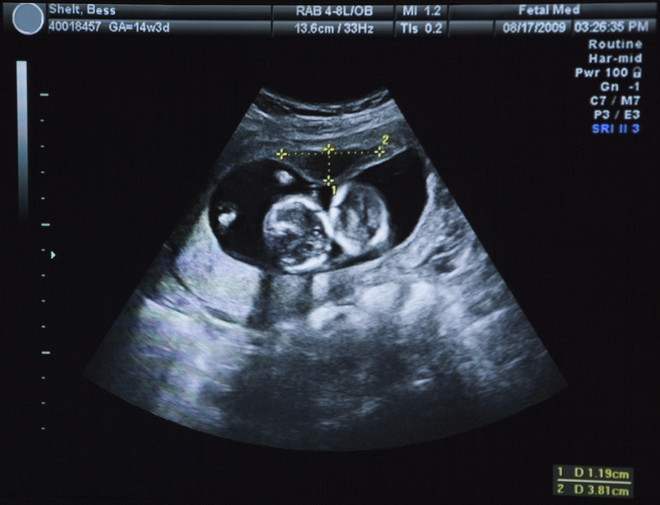What does this mean: maturity of the placenta
As the fetus grows, the placenta also develops,gradually increasing its thickness and the number of blood vessels. The older the organ, the less functional it is and the less able it is to cope with its tasks. As soon as growth stops, aging begins. This means that childbirth is approaching. On the eve of this event, the placenta becomes dense due to calcium deposits. The degree of maturity of the placenta is determined usingUltrasoundPhoto: Getty In medicine, there is a norm for organ development for different stages of fetal development. For example, the indicator "0" - 8211; means the youth of the placenta and the ability to fully provide the baby with the necessary nutrition. In total, there are 4 degrees:
The degree of maturity of the placenta is determined usingUltrasoundPhoto: Getty In medicine, there is a norm for organ development for different stages of fetal development. For example, the indicator "0" - 8211; means the youth of the placenta and the ability to fully provide the baby with the necessary nutrition. In total, there are 4 degrees:
- 0 - initial, up to 30 weeks;
- 1 - intermediate, on average starting at 27 and ending at 36 weeks;
- 2 - intermediate, 34-39 weeks;
- 3 - aging, occurs on average after 36 weeks.
The condition of the organ is determined using ultrasound.The specialist examines the thickness of the placenta, checks for cysts and calcium deposits. Until recently, it was believed that premature aging of the placental complex was the cause of miscarriages. Recent studies have not confirmed this hypothesis. Premature aging of the organ can lead to intrauterine hypoxia of the fetus, that is, to oxygen deficiency. Pregnant women whose placenta has begun to age prematurely are transferred to the increased attention group. If there are no other pathologies, no additional actions are taken.
What are the norms depending on the period of pregnancy?
At different stages of development, the placenta is characterized by the following signs:
- Zero degree - no calcium deposits are observed, the structure is uniform, the chorionic, or amniotic, part is completely smooth.
- First degree - microscopic calcium deposits are visible on ultrasound, minor seals appear, and the amniotic portion takes on a wavy shape.
- Second degree - calcium deposits are clearly visible, depressions appear on the chorionic part, the structure of the organ becomes more compacted.
- Third degree - the depressions of the amniotic portion reach the basement membrane, cysts and multiple foci of calcium deposits appear.
Despite the fact that ultrasound is considered a reliable method, you should not rely only on the device's readings. The reasons for early aging of the placenta may include:
- excessive calcium intake,
- infectious diseases,
- hypertension observed in pregnant women.
If the listed factors are present, the womanrequires closer attention from the doctor. Early diagnostics allows not only to identify placental pathologies, but also to slow down their development. For this, it is important for the expectant mother to register on time.









